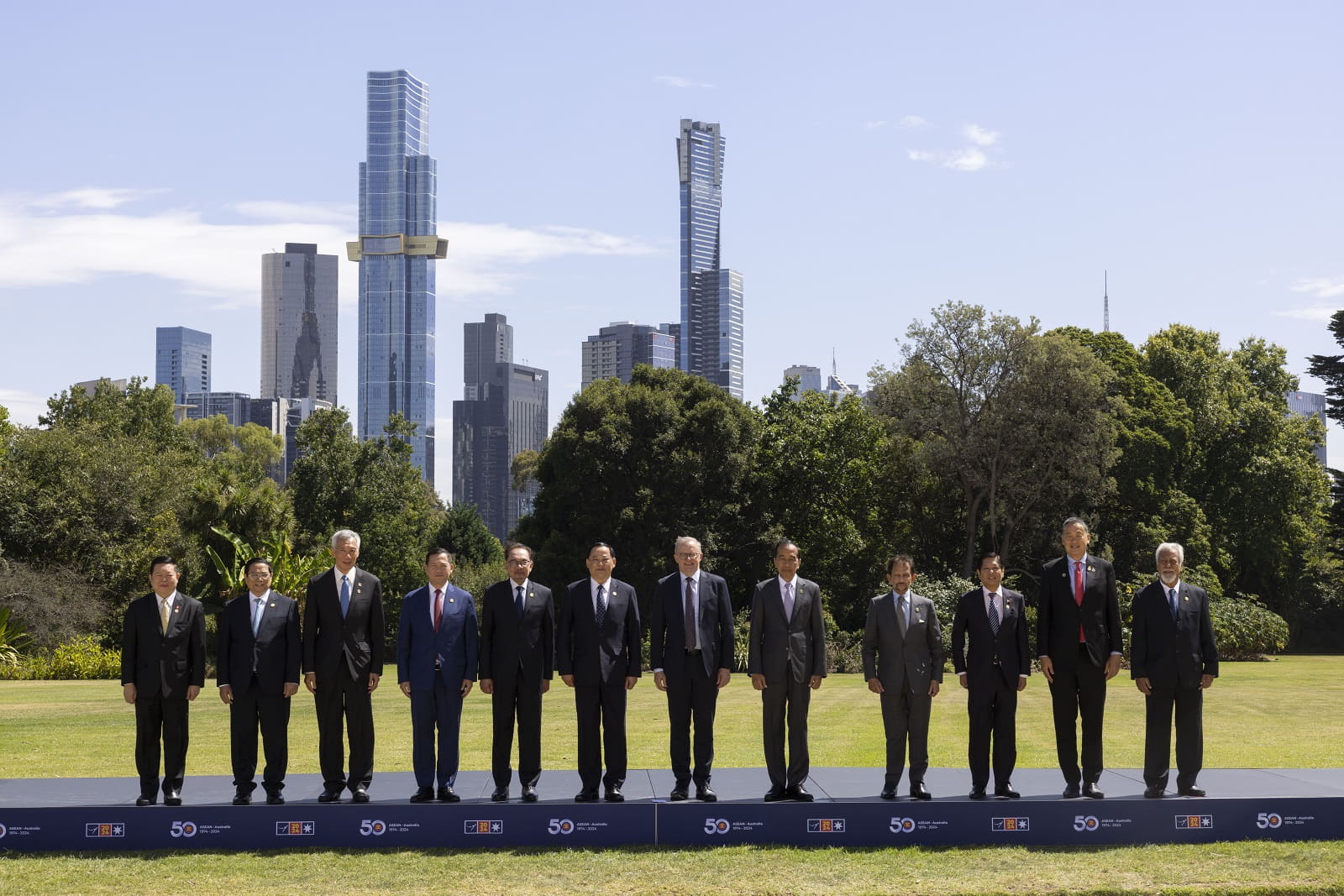If asked to present a strategic analysis of Myanmar, three years after the 2021 coup, an observer could start by telling a parable, recounting a couple of stories, and then asking a few key questions. It would not cover all the bases, least of all explain the complex crisis that has been unfolding in the country, but such an approach would highlight one aspect of the civil war that so far has received little serious attention.
First, the parable.
As described by Taylor Downing in his book 1983: The World at the Brink, during the presidency of Ronald Reagan, Moscow badly misread the diplomatic and other signals coming out of the United States and Europe, to the extent that the Politburo became convinced that the West was preparing for a nuclear strike against the Soviet Union. Subsequent research shows that in 1990, the US President’s Foreign Intelligence Advisory Board wrote: “In 1983, we may have inadvertently placed our relations with the Soviet Union on a hair trigger”. Belatedly, the situation was considered as serious as the 1962 Cuban missile crisis.
The key lesson, which is only now being understood, thanks to declassified documents, is that aggressive rhetoric and military manoeuvres by powerful states and alliances can be misinterpreted, particularly by governments that lack the political openness and ideological flexibility to put apparent threats into their proper context. As the UK’s Joint Intelligence Committee later assessed, such errors of judgement were more likely in the case of highly nationalistic and authoritarian regimes with an underlying sense of insecurity.
Second, the stories.
After the abortive 1988 uprising in Myanmar, the international community launched a campaign to destabilise the State Law and Order Restoration Council (SLORC). It included speeches condemning the new military regime, critical resolutions in the UN, economic sanctions and arms embargoes, a ban on the travel of key military figures and various forms of assistance to the pro-democracy movement. Opposition leader Aung San Suu Kyi was acclaimed, showered with awards and hailed as Myanmar’s rightful leader.

Despite some rather silly statements by a few officials, and the hopes of many activists, there was never any intention on the part of the Western democracies, other governments or international organisations, either to provide lethal aid to Myanmar’s opposition movement or to launch an attack against the military regime. Yet, such was the level of antagonism shown towards them that the generals came to believe that they faced the real possibility of an armed invasion, or at least a concerted campaign of subversion to precipitate regime change.
That may seem bizarre, but in analytical terms, a clear motive combined with the military means always equates to a possible threat. This in turn usually prompts a range of policies and actions designed to prevent or respond to a worst case scenario. The generals’ panicky reaction was not an aberration by an isolated and nationalistic regime. This can be seen by their response to another crisis in 2008, when Cyclone Nargis hit the Irrawaddy Delta, resulting in widespread devastation and the deaths of about 140,000 people.
It may be remembered that the international community rallied in support of the cyclone victims, and offered the renamed State Peace and Development Council (SPDC) food, shelter and other supplies. To the amazement of the world, which soon turned to outrage, the SPDC initially refused to accept the help offered. The flotilla of naval and other vessels waiting offshore to deliver aid, including a US aircraft carrier, was seen as an invasion fleet. The offers of help were interpreted as a ruse to invade Myanmar and topple the military regime.
This situation was not improved by the actions of the international news media, and some world leaders, which only added to the regime’s paranoia. They quoted the newly-minted principle of a “responsibility to protect”, which seemed to justify intervention in a country against its government’s wishes. Australian Prime Minister Kevin Rudd added to the SPDC’s fears by declaring that the world should “bash [Myanmar’s] doors down”. Time magazine even called for an invasion of the country.
Now the questions.
With the 1983 nuclear crisis and these historical episodes in mind, Myanmar-watchers need to ask the questions: what is the current junta’s view of its own position, and what threats does it feel it faces, not so much from the opposition movement (which are pretty well known) but from the international community? Despite all the attention given to the 2021 coup and its aftermath, these questions are rarely asked. Yet it is important to do so, for such perceptions will give rise to policy decisions and ultimately actions, or the lack of them.
As the former CIA official Herb Meyer once observed, figuring out how national leaders think and what drives their decisions is one of the most essential tasks faced by strategic analysts and policy advisors. It is also one of the most difficult. This is especially the case with regard to Myanmar, which is in many ways foreign to outside observers. It has given rise to countless myths, mysteries and misconceptions. Even those who have spent their careers watching Myanmar often find it difficult to read the signals coming out of Naypyidaw.
Yet it is important that the effort is made. If we are unable to understand how the generals see the world and Myanmar’s place in it, and how they view the future of the armed forces, then it will be impossible to formulate informed and useful responses to the current crisis. Only the people of Myanmar can find lasting solutions to the country’s many problems but, as reportedly discussed at last week’s ASEAN-Australia summit in Melbourne, it is incumbent on other countries to help where they can.
This is not to suggest that the international community should sympathise with, let alone accept the junta’s peculiar worldview, simply to make the point that possible solutions to the catastrophe that is modern Myanmar need to be considered with both eyes wide open.
When the United States and United Kingdom re-examined the events of 1983, and how relations between the West and the East went so dramatically off the rails, they were reminded that in international politics, perceptions can count as much as the objective reality. This was not a new idea, as scholars such as Robert Jervis had already demonstrated. However, it brought home the need to look beyond one’s own position and think how others might see contemporary events, when considering actions.
The current crisis in Myanmar, with both sides locked into their hardline positions, and the humanitarian situation growing worse every day, warrants the same kind of attention. The people of Myanmar deserve no less.

